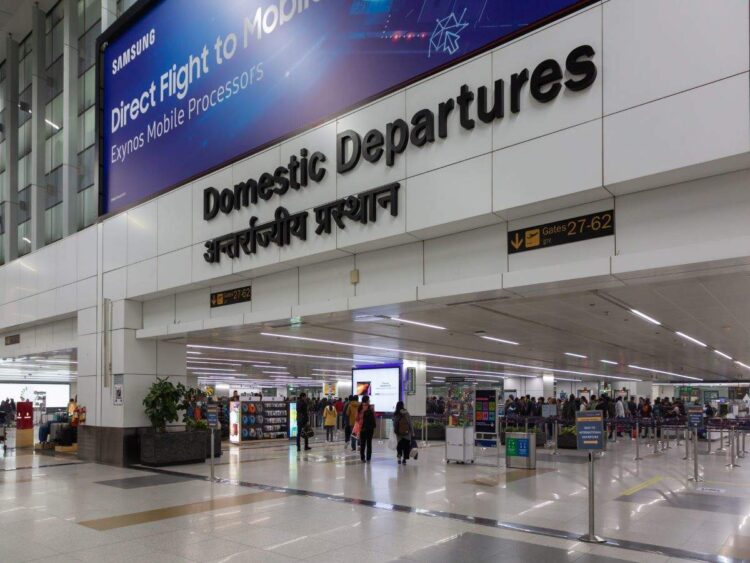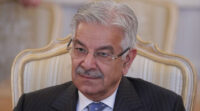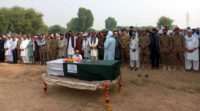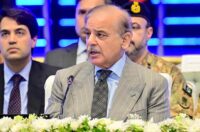India: Aviation has really started on its growth curve in India now and the Delhi airport will become the world’s second-largest airport by the end of the year, Civil Aviation Minister Jyotiraditya Scindia has said.
In an exclusive interview with NDTV on Wednesday, Mr Scindia said civil aviation infrastructure in the country has expanded at a “scorching” pace under Prime Minister Narendra Modi. “Delhi airport has a throughput capability of 70 million, which will go up to 109 million come December. That means that Delhi is going to become one of the largest airports in the world. We are going to be second, if at all, only to Atlanta. So that’s the scale that you are looking at.”
Throughput capacity, in this case, refers to the number of passengers that an airport can handle in a year.
The minister said the Jewar airport will be inaugurated in the next 12 months and its capacity will grow to 60 million by 2030. So, between Jewar and Delhi, there will be a throughput capacity of 160 million.
Asked about when India can become an international aviation hub like Singapore, Dubai or Doha, Mr Scindia pointed out that, since 2014, the number of airports has gone up from 74 to 149 – with the new Utkela airport in Odisha being inaugurated three days ago – the fleet size has risen from 400 to 700 and the number of passengers has increased from 6 crore to nearly 14.5 crore.
He said that, by 2030, the number of airports is projected to go up to 220 – an increase of nearly 50% – the number of planes will more than double to 1,500 and the passenger count will nearly triple and touch 42.5 crore. The minister said that must happen on the international side because, until now, Indian carriers have been “very concentrated” on growing capacity on the domestic side.
Pointing to the large orders for aircraft placed by Air India and IndiGo, he said, “India, for too long, has had its hub either on the eastern border or the western border. We are currently working with Delhi International Airport Limited (DIAL) to look at setting up a hub in Delhi to start with. In the next decade or so, the capability of India to have not necessarily one hub but multiple hubs – one in Delhi, one in South India, one on the western side – is certainly there.
“We need to start with one and then replicate that going forward. Too many of our travellers today go via a third country and I think it is important to look at direct flights and create that hub structure within India,” he added.
Pressed on a timeline, Mr Scindia said, “You could look at a roadmap of five years. I would want it to be sooner but I am not going to divulge a date closer than five years. I think it is important to under-commit and over-deliver.”






